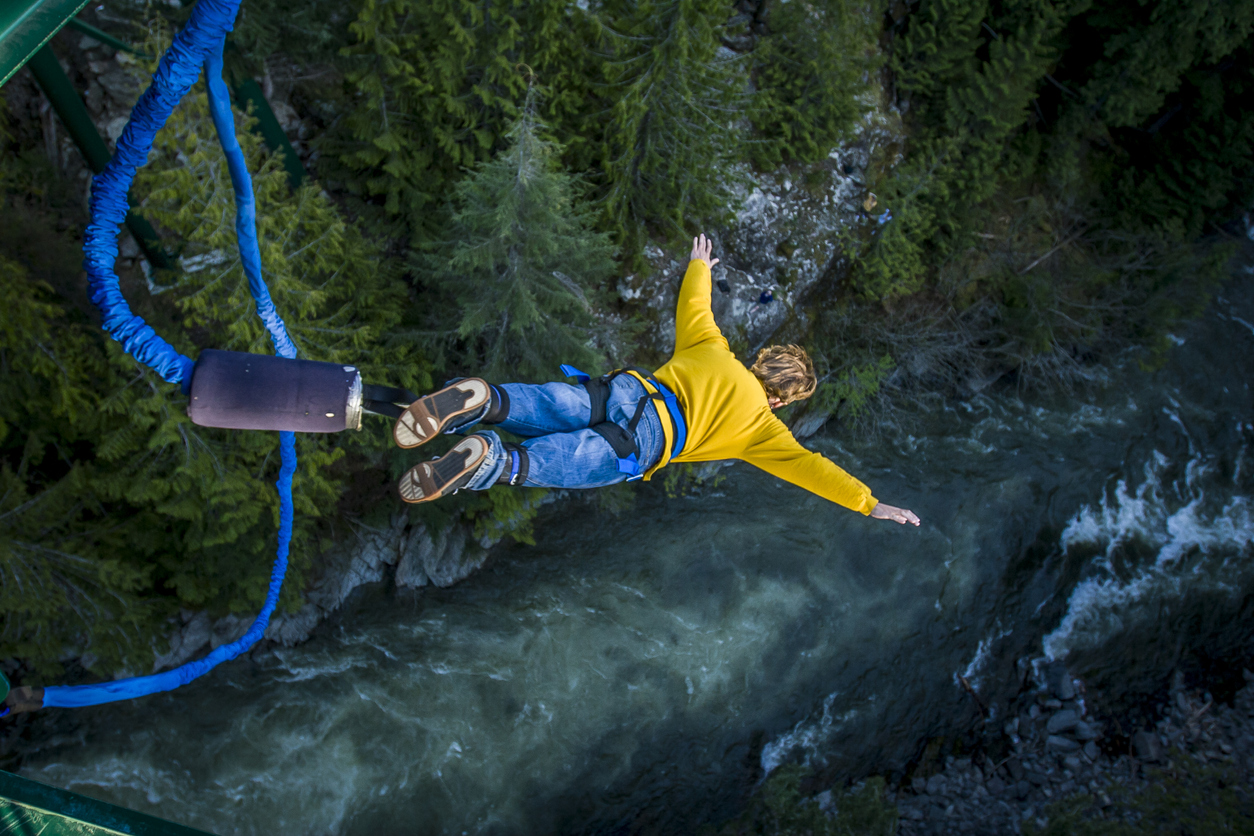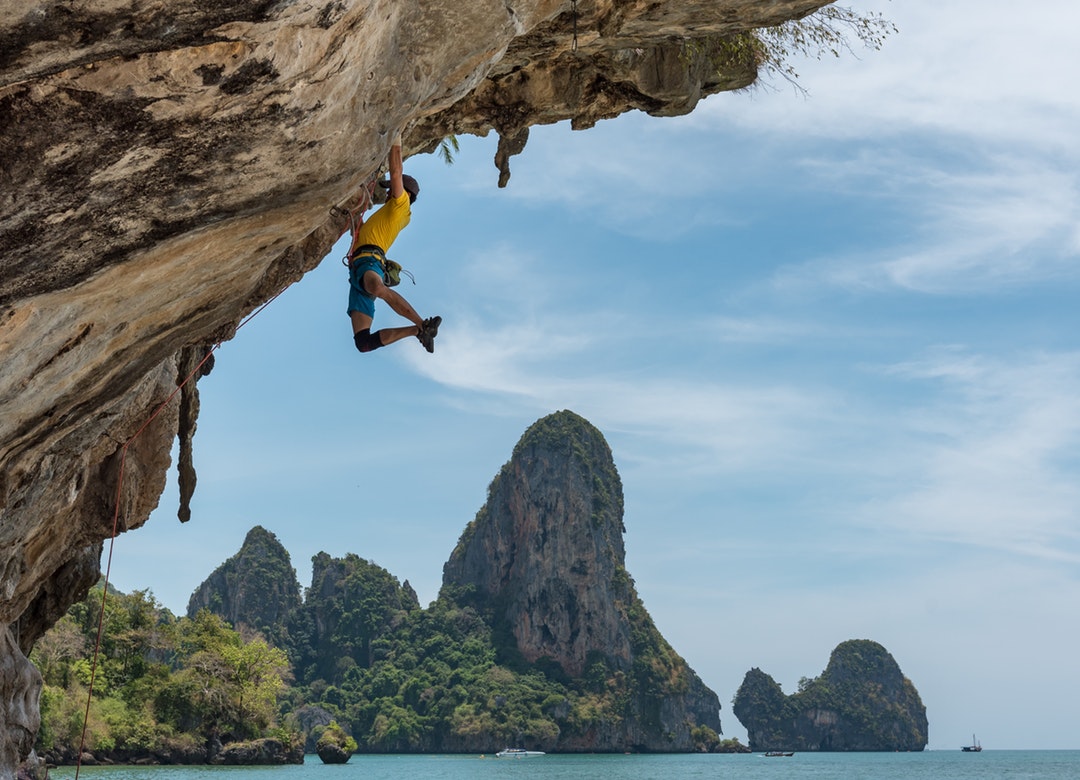Extreme sports photography is not for the faint of heart. The adrenaline-fueled thrill of capturing jaw-dropping moments of athletes pushing the limits of human potential comes with its own set of ethical considerations.
From dangling off cliffs to diving into shark-infested waters, photographers risk life and limb to get the perfect shot. But where do we draw the line between pushing boundaries and exploiting danger for the sake of a good photograph? This article delves into the complex and often murky world of extreme sports photography, exploring the risks and rewards that come with capturing these high-stakes moments on film.
Introduction to Extreme Sports Photography
 Welcome to the thrilling world of extreme sports photography, where capturing the heart-stopping action and adrenaline-fueled moments of athletes pushing their limits is all part of the job. From the heart-pounding heights of rock climbing to the fast-paced intensity of white-water kayaking, extreme sports photography provides a unique and exhilarating challenge for photographers.
Welcome to the thrilling world of extreme sports photography, where capturing the heart-stopping action and adrenaline-fueled moments of athletes pushing their limits is all part of the job. From the heart-pounding heights of rock climbing to the fast-paced intensity of white-water kayaking, extreme sports photography provides a unique and exhilarating challenge for photographers.
As they navigate treacherous terrain and unpredictable conditions, photographers must not only have a keen eye for capturing the perfect shot but also a deep understanding of the risks involved in these extreme activities. Join us as we explore the ethical considerations and rewards of documenting the daring feats of extreme sports enthusiasts.
The Dangers of Extreme Sports Photography
Engaging in extreme sports photography comes with a multitude of dangers that can often be overlooked in the pursuit of capturing the perfect shot. From scaling treacherous cliffs to diving into turbulent waters, photographers put themselves at risk of injury or even death in the quest for adrenaline-fueled images.
The thrill of capturing heart-stopping moments can cloud judgment and lead to risky decisions that may have dire consequences. Not only do extreme sports photographers face physical dangers, but they also navigate ethical dilemmas when deciding whether to intervene in dangerous situations to help a subject or prioritize getting the shot.
Balancing the desire for captivating images with the well-being of oneself and others requires careful consideration and a deep understanding of the responsibilities that come with documenting extreme sports.
Ethical Considerations in Extreme Sports Photography
 In the exhilarating world of extreme sports photography, ethical considerations play a significant role in capturing breathtaking moments of daredevil stunts and high-risk actions. While photographers aim to push the boundaries and capture the thrill of extreme sports, they must also consider the safety and well-being of the athletes they are documenting.
In the exhilarating world of extreme sports photography, ethical considerations play a significant role in capturing breathtaking moments of daredevil stunts and high-risk actions. While photographers aim to push the boundaries and capture the thrill of extreme sports, they must also consider the safety and well-being of the athletes they are documenting.
This raises fundamental questions about boundaries and consent, as photographers navigate the fine line between capturing the adrenaline-pumping action and respecting the personal boundaries of the athletes. What ethical responsibilities do photographers have when documenting extreme sports, where the line between risk and reward is often blurred? As they strive to capture the essence of these adrenaline-fueled moments, photographers must also reflect on the impact of their work on the athletes and the wider community.
By maintaining a keen sense of ethical awareness, extreme sports photographers can ensure that their work celebrates the spirit of adventure while upholding the dignity and safety of those involved.
Balancing Risk and Reward in Extreme Sports Photography
Balancing risk and reward is a constant challenge in the world of extreme sports photography. Capturing adrenaline-pumping moments and death-defying stunts requires photographers to push boundaries and put themselves in potentially dangerous situations.
The thrill of getting the perfect shot can be incredibly rewarding, but it comes with a high level of risk. From scaling treacherous cliffs to hanging out of helicopters, extreme sports photographers must constantly weigh the potential rewards against the potential consequences.
Despite the inherent dangers, these photographers are driven by their passion for capturing the raw energy and excitement of extreme sports, pushing themselves to their limits in pursuit of the perfect shot. However, ethical considerations come into play as well, as photographers must always prioritize the safety and well-being of themselves and the athletes they are photographing.
Balancing risk and reward in extreme sports photography is a delicate dance that requires both skill and mindfulness.
Conclusion
 In conclusion, the ethical considerations surrounding extreme sports photography are complex and multifaceted.
In conclusion, the ethical considerations surrounding extreme sports photography are complex and multifaceted.
While capturing breathtaking moments in high-risk situations can result in stunning visual representations of adrenaline-fueled experiences, photographers must carefully weigh the potential harm their work may cause to both themselves and the athletes involved. It is essential that photographers prioritize the safety and well-being of all individuals involved in these extreme sports, while also acknowledging the importance of showcasing the unique and exhilarating aspects of these activities.
By navigating this delicate balance with sensitivity and responsibility, photographers can ethically document the world of extreme sports and contribute to its cultural significance. For more insights on photography and ethics, visit https://www.georgeeleter.online/.
 Jewel Beat
Jewel Beat

